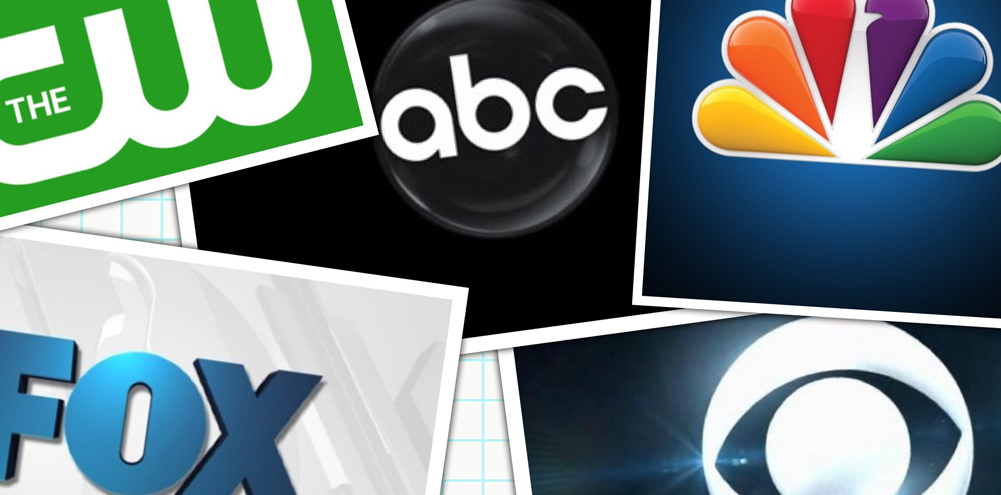
Are The Broadcast Networks Killing Their Affiliates?


Hank Price
A large percentage of television stations in America are facing an existential threat from their own networks that could lead to destruction of the network/affiliate system.
After years of constant increases, some affiliates are now paying their networks more in programming fees than they receive in retransmission payments from cable and satellite companies. This intolerable situation is hurting the viability of the future of our business.
The problem lies in the fixed programming payments some networks demand from their affiliates. Supposedly based on station retransmission revenue, those payments do not take into account the explosion of consumer cord cutting, as well as consumer migration from traditional MVPDs to internet-based cable systems.
Every time a consumer moves from a traditional cable or satellite service to a virtual one, station retransmission revenue drops. If a consumer completely cuts the cord, station retransmission payments end. The problem is that fixed network affiliation agreements mean stations must dip into their own pockets to make up the difference.
Most offensive of all, networks are well aware of affiliate pleas for relief, yet refuse to do anything about it.
Sadly, this is nothing new.
Years ago, when NBC was struggling to make CNBC successful, top executives at NBC took the unusual step of ending every NBC network newscast with a message to viewers saying, “for continuing coverage, go to CNBC on your local cable system.”
After hearing from a large group of angry station owners and executives, NBC President Bob Wright was unapologetic. “We must build the future of our business” he said. “This is one way we need to do it.” In that moment, affiliates realized something important had changed. The partnership that had served both sides through decades of success was no longer a two-way street.
Since that meeting, network/affiliate relationships have had their ups and downs until the advent of retransmission dollars changed everything.
As paying customers, affiliates felt a small measure of power might be returning to their side. With billions of new dollars to invest in top-caliber programming, the bond between networks and affiliates should grow stronger, insuring the long-term success of both. But it wasn’t long until a new threat emerged.
As high-speed internet became ubiquitous, Netflix, a former mail-order movie sharing service, brilliantly took advantage of consumer desire for on-demand movies. Netflix became so profitable, so quickly, that the company’s stock price exploded, hitting an unprecedented $680 per share in early 2022.
Like a flash of lightning, Netflix’s success created a seismic shift in Hollywood. Not since talking pictures were introduced in 1927 had such a massive change in direction come so quickly.
Owners of the traditional television networks panicked, seemingly forgetting they even had affiliates. Most creative and production dollars were shifted to their new streaming products. Billions in station program fees were poured into what quickly became an abyss of lost dollars.
As for the over-the-air networks, welcome to the world of game shows, music contests and reality programming, intermixed with a shadow of scripted programming. Just as problematic, the prime sporting franchises that have always defined network television are now being targeted by cash-rich new media.
The great tragedy of today’s over-the-air landscape is that most network programs now compete with cable networks, not the high-investment streaming content of on-demand. Affiliate programming has become an afterthought.
To call the networks arrogant about the current situation lets them off too easily. Their partnership with affiliates no longer exists. The networks listen politely to affiliate concerns, just as Bob Wright listened politely all those years ago, but their answer is the same as his.
No one begrudges the networks their streaming businesses. A certain amount of premium content always moves to the latest platform but killing one successful business to grow another is illogical.
This brings us to a hard question: Do the networks want their terrestrial networks to survive?
One would think so. Without the traditional affiliate system, billions of dollars in network program payments would cease. If stations were to go under, they would take the network owners with them.
And don’t forget that network-owned television stations are the most profitable units in every network. Because network O&Os dominate the top 10 markets, their combined value is in the multiple billions of dollars, so networks also have a stake in the station business.
One has to wonder if any network owner actually thinks about these things? Why else would they march toward self-made disaster when there are much better alternatives? Their current focus is so narrow that they have lost perspective, assuming stations will be fine, no matter the burden.
If the network/station system is to survive, affiliate programming fees must be reduced.
This issue is a ticking time bomb that is creating an existential threat to the future of both stations and their networks.
It is imperative the networks sit down with their affiliates and have an honest conversation about reworking affiliation agreements. One result of that conversation must be a reasonable reduction in the amount of money stations pay in programming fees.
Affiliates must have financial relief, and they must have it now.
Hank Price spent 30 years leading television stations for Hearst, CBS and Gannett while concurrently building a career in executive education. He is the author of Leading Local Television and two other books.
























Comments (6)
BeyondTheBeltway says:
May 6, 2024 at 9:01 am
Excellent article!
I am surprised that broadcasters haven’t explored more home grown programming aside from just local news. Call-in talk shows on sub channels would be a great low cost place to start. They need to get back to being content creators rather then just distributors of network feeds. They should concentrate on making a personal connection with their audience, like the old days. Counting on the tender mercies of network executives is not a great long range survival plan.
RustbeltAlumnus2 says:
May 6, 2024 at 9:13 am
I know I’ve said it before, but short of following Europe’s government-licensed “public service” model of broadcasting, network affiliates were the ONLY way to operate a broadcast network. Not the best way, but the only way for free enterprise television. In the 1920s, when two broadcast networks were still limited to radio, CBS caught up with NBC by offering compensation (and by stealing talent). The networks never liked paying compensation but it was necessary in a world without coast-to-coast fiber, geostationary satellites, or the internet. Likewise, without knowing who the listeners/viewers in the audience were, so they could be billed, the advertising-supported model was the ONLY way to get paid. Not the best way, the only way (short of receiver licensing).
Hopeyoumakeit says:
May 6, 2024 at 10:14 am
I would love to lead a affiliate Group. I would preempt all network programming for one day, group wide. I would not give the networks time to promote or prepare for the shut down. Lets see how the networks react to losing 75% of the country. They cannot reach the country with out affiliates.
jcrollman says:
May 6, 2024 at 10:25 am
The partnership is all but dead because the partnership hasn’t produced anything customers want in decades. Customers have moved elsewhere, drying up the pool of investment dollars for the partnership, and the result will be every entity for themselves. Networks would do well to become hyper-focused locally, making low-cost inroads to communities, schools and creating inroads to Gen Alpha who are showing signs of fatigue with the ubiquitous one-size-fits-all scale of the digital age. Station ownership groups want to buy up and scale to reduce costs too, but they shouldn’t. It takes away the only thing that could make their product unique and competitive. Sever network ties, and give the stations autonomy to provide local content. Hire the right people, with the goal of allowing them to become locally famous. Get the next generation wanting to engage with them. Financial results will follow.
metrojoe says:
May 7, 2024 at 12:10 am
The network executives are in a circular firing squad!
OldSchool says:
May 7, 2024 at 7:32 am
Sounds like a business plan on a treadmill to oblivion.